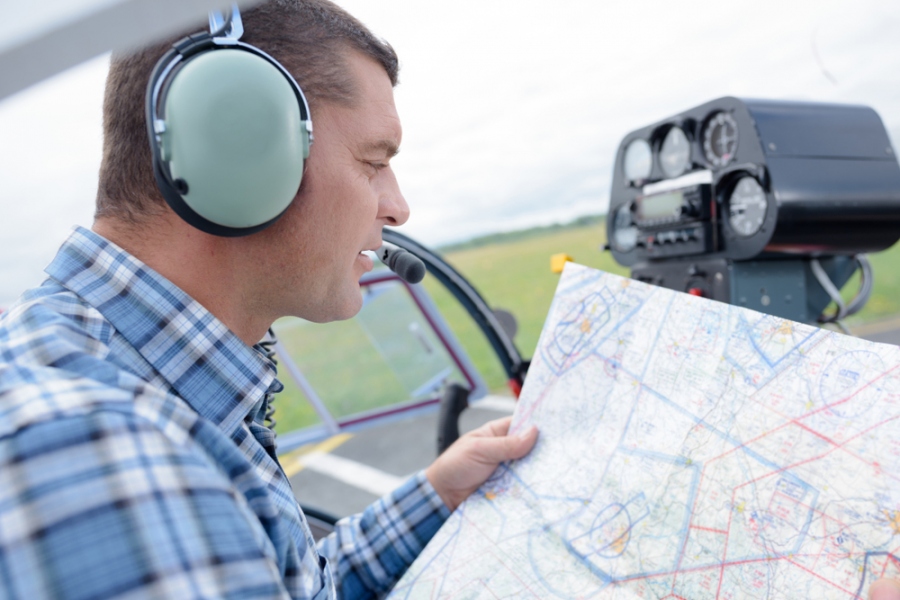Good learning will make you perfect in the field you are preparing for. Jeppesen charts are a comprehensive guide for those planning their future to be pilots. These charts are the training guide that begins with learning basic symbology that a pilot should know. With time, these charts are revised, which would bring up the minor variance than before. Even if you are a general pilot, you should follow the brief on Jepp Charts.
Let’s know all about them.
What are the Jepp Charts?
Before the development of Jepps, paper charts were preferred by pilots and various mariners. However, with the introduction to electronic devices, it brought development in chart studies too. Jepps are quickly accessible through integrated electronic bridge systems, mobile computing devices, and other electronic devices that are readily available. These charts are not only navigation guides but also chart training guides.
A Brief on Jeppesen Charts
Before the introduction to Jepp Charts, pilots showed their dependency on FAA charts. But today, they have switched to Japanese Palates. These charts provide aeronautical navigational information that has made it easy for pilots to understand real-time situations while flying. To understand the basic instructions on the chart, you need to have a brief on it. There is a lot to brief about the charts that we have given in some easy steps.
Airport Name and approach in use
Before you begin looking into this chart, make sure to check if some other crew members are also viewing it or not.
Chart Revision Date and Index Number
The index number is the circled number on the top of the chart. Also, check the revision date along with it.
Check on the Weather and Frequency
Keep a check on the ATIS and also view if all frequencies are set on it or not.

Navigation Set Up
Keep a check on the correct navigation frequency. Before you begin flying, make sure you know the approach, fix altitude and the standard minimums. In case if you have a radio altimeter, you must check AGL with it.
Keep a Check on Notes
After you are okay with the approach, you must read notes and make sure none applies to you. If there is an issue, make sure to re-check the approach.
Readout Planned Intercept Point and Altitude
Check on the plan view and readout your planned intercept point and altitude.
Step-Downs, VDP, Missed Approach Point
Take a view of step-down fixes. Make sure to be quick selective as one approach has an abundance of step-downs. Also, VDP is used to check the distance.
Weather Minimums
Check the weather minimums that check visibility. You need to start with your approach.
Stopping Distance, Runaway, and Planned Exit
Suppose you do not have a taxiway, then you should plan your runway to exit. You must have a taxi diagram with you for such happenings. It will help you avoid the last-minute rush. Also, if there is low visibility, you can get a route to turn.
How to give final execution?
Once you are trying to implement your approach and putting it on auto-pilot mode, you must brief which modes will be working at what time. Also, keep a check on the process of disconnecting from auto-pilot mode if you are planning for hand-flying.
How Jepp Charts Differ from FAA Charts?
Before pilots could begin with Jepp Charts, they should refer to FAA charts. It is like a basic start to their career to form a solid base. However, sooner or later, they have to switch to Jepp charts.
The primary difference between the two is Jepp Charts make it relatively easy to read information. One short strip on the top of the approach plate displays all the essential information that a pilot needs.
What are the Benefits of Jepp Charts?
Jepp Charts have been derived from the aviation database, which has over one million records and assures quality approach results. These charts are put on regular updates every week. With these charts, we get enhanced situational awareness as it is a moving map. Also, these charts display real weather graphics. Thus it has the pilot’s workload to have a proper real-time view to fly. There is an approach plate at the top where pilots can get the complete information in a go.
Wrapping Up
By now, you must be very clear about the use of Jeppesen Charts. These are important to guide you throughout your journey and make sure you apply the correct approach. Are you ready to fly with Jepp charts now? The pattern brief of the chart must have made it easy for you to fly with confidence now.
